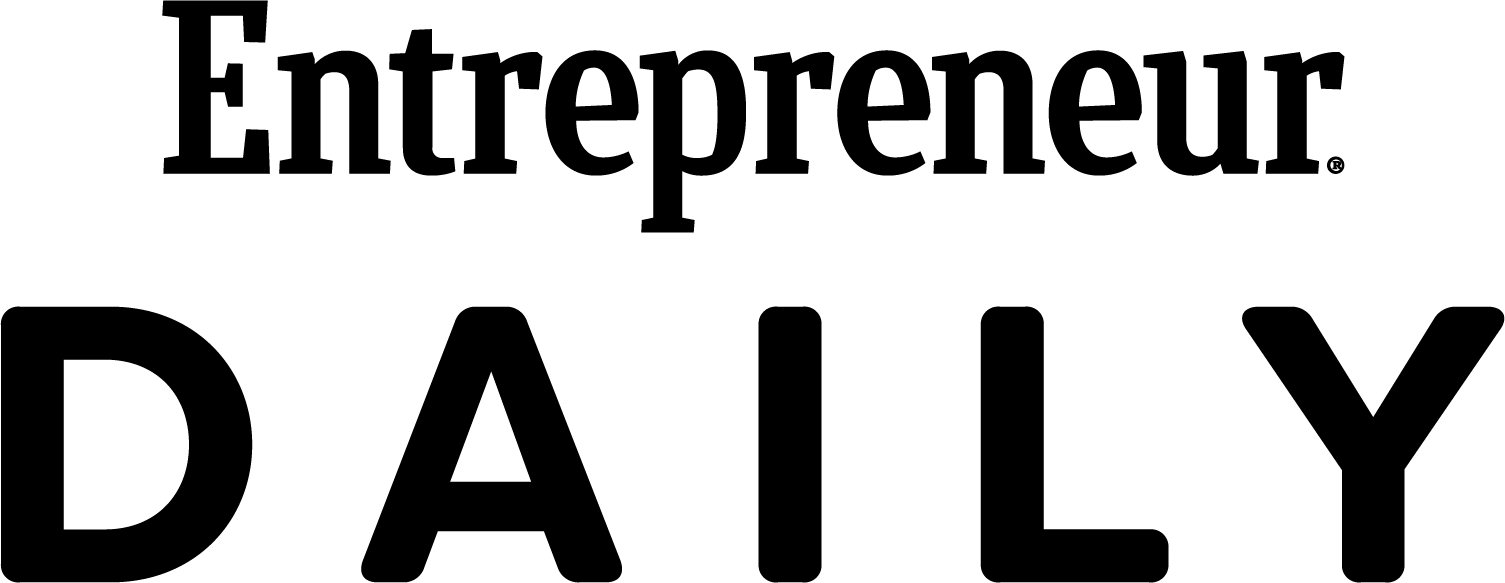What You Need to Understand About the Google Firing and Free Speech at Work When sharing your concerns about your employer, get your facts straight and go through the proper channels.
By Nina Zipkin


Last week, a 3,000-word post about diversity efforts at Google went viral and resulted in not just the firing of the engineer who wrote it, but that now-former employee filing a complaint with the National Labor Relations Board. There's likely more legal action to come, and while the memo serves as a flashpoint for the diversity debate in tech, it's also an important reminder to the rest of us about what you can and can't say in the workplace.
For some, James Damore's memo is a free speech issue. That argument is Damore merely shared his beliefs, including the widely debunked assertion that gender gaps in the tech industry were due to biological differences between men and women, not discrimination. In his open letter to employees, CEO Sundar Pichai said that Damore's actions violated the company's code of conduct. As Pichai wrote, suggesting that "a group of our colleagues have traits that make them less biologically suited to that work is offensive and not OK."
Of course, free speech is protected under the first amendment of the U.S. Constitution so that the government and other public entities can't restrict it. Private companies, however, aren't bound by the same rules.
Barbara Hoey, a lawyer who specializes in labor issues, says that distinction is important to acknowledge, given that Damore opted to share his views not on a personal blog or social media page, but on an internal company platform, paid for and provided by Google.
Understanding Damore's actions can ensure you understand your rights more fully at work -- and that your ideas, including criticisms, are applied in a constructive manner.
Related: Google Has Fired the Writer of the 3,000-Word Viral Memo That's Gripping the Company
1. Know your company's code of conduct.
Hoey suggests employees not just skim their company handbook but to "take a hard look" at it. It's no accident that Pichai invoked the company's code of conduct in his letter. Employees and contractors must agree to follow these rules and as the code explains, "Failure to do so can result in disciplinary action, including termination of employment."
Pichai cited a section of the code of conduct in his letter encouraging workers to support each other. "We are committed to a supportive work environment, where employees have the opportunity to reach their fullest potential. Googlers are expected to do their utmost to create a workplace culture that is free of harassment, intimidation, bias, and unlawful discrimination."
Pichai also wrote that feeling supported at work means that people should feel that they can share their point of view.
"People must feel free to express dissent. So to be clear again, many points raised in the memo -- such as the portions criticizing Google's trainings, questioning the role of ideology in the workplace, and debating whether programs for women and underserved groups are sufficiently open to all -- are important topics. The author had a right to express their views on those topics -- we encourage an environment in which people can do this and it remains our policy to not take action against anyone for prompting these discussions."
Related: Google Wins Fight With Labor Department Over Pay Gap Data
2. Have your facts straight.
If you do have a complaint at work, Hoey says it's important you stick to the facts. Damore's memo became a flashpoint in part because of statements about biological differences between men and women that are widely refuted. That section of his memo is what has drawn public attention, rather than what Damore says was one of his main points -- combating "groupthink" and fixing what he says he believed was an isolating feature of the company culture.
Inaccuracies will weaken any complaint. "In order to be protected, as a general matter, a complaint must be made in good faith and based on accurate information," Hoey says. She simply advises, "Do not make statements that perpetuate stereotypes."
3. Be constructive.
If you have a problem, you're usually better off taking that to the person who can solve it rather than posting a missive on a semi-public platform.
"There are legitimate and good ways to communicate if you have a complaint. I think in taking the narrow approach and directing your complaint to management should be your first way of doing it," Hoey says. "Figure out what is the correct way to raise a grievance -- it's usually not sending it to the whole company."












